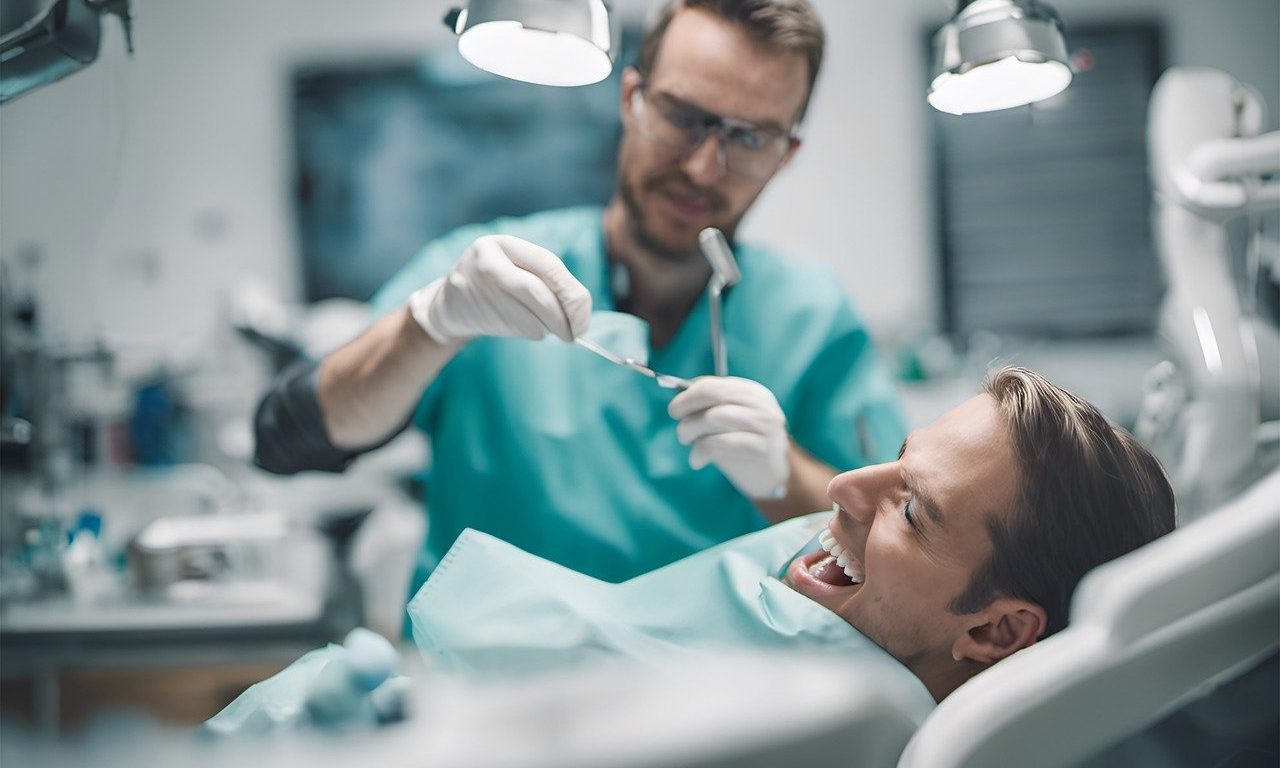Musculoskeletal disorders are a common occupational hazard in the field of dentistry, impacting the daily lives and productivity of practitioners. In 2013, a study spearheaded by Dan Nemes and his team, has shed light on the effectiveness of physical therapy combined with medical treatment in alleviating these conditions. This two-year prospective study involved 390 dentists diagnosed with a range of ailments, including low back pain, scapulohumeral periarthritis, cervicobrachial neuralgia, hand osteoarthritis, tendinitis, tenosynovitis of the upper limb, carpal tunnel syndrome, spinal deformities, and fibromyalgia.
The primary objective of the study was to evaluate the efficiency of rehabilitation in conjunction with medical treatment and to explore correlations between patients’ pain levels, overall health status, and work absenteeism. The participants were divided into two groups: Group 1 received both medical and rehabilitation treatment, while Group 2 was subjected to medical treatment alone. The effectiveness of these treatments was assessed using the Visual Analogue Scale (VAS) for pain, the Health Assessment Questionnaire adapted for Dentists (HAQD), and the number of days of work absenteeism.
The initial VAS scores were comparable between the two groups, indicating similar levels of pain at the study’s onset. However, by the end of the study, Group 1 exhibited significantly lower VAS scores, indicating reduced pain levels. HAQD scores, which measure the overall health status and functionality, were also notably lower for Group 1 at both the one-year and two-year assessments. This suggests that physical therapy significantly improved the dentists’ health and ability to perform their duties.
Work absenteeism, a critical measure of productivity, showed no significant difference between the two groups at the start of the study. By the conclusion, however, Group 2 had a significantly higher number of absentee days, highlighting the negative impact of relying solely on medical treatment.
The study’s findings strongly support the integration of physical therapy into the treatment regimen for dentists suffering from musculoskeletal disorders. Not only did physical therapy improve functional parameters, but it also enhanced work productivity by reducing pain and absenteeism. This research underscores the importance of a comprehensive treatment approach, combining medical and rehabilitation therapies, to address the unique occupational challenges faced by dental professionals.
These insights pave the way for improved treatment protocols that can enhance the quality of life and work efficiency for dentists worldwide.
Reference: Nemes, D., Amaricai, E., Tanase, D., Popa, D., Catan, L., & Andrei, D. (2013). Physical therapy vs. medical treatment of musculoskeletal disorders in dentistry-a randomised prospective study. Annals of Agricultural and Environmental Medicine, 20(2).
